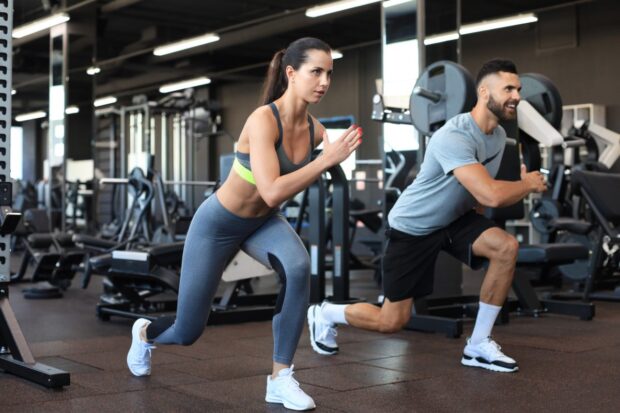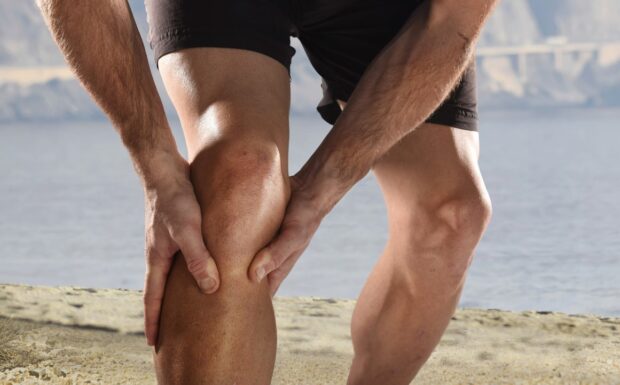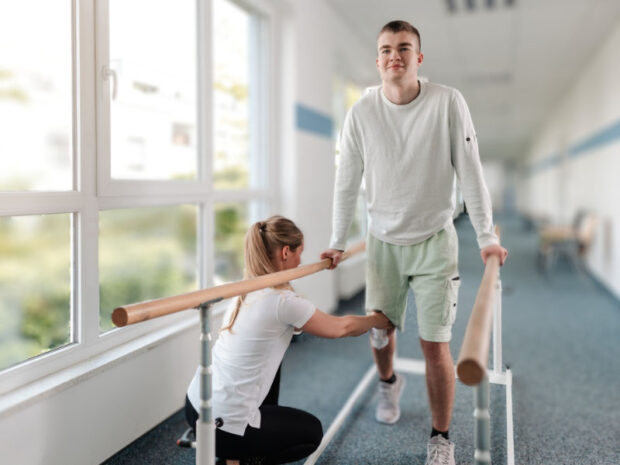
Achieving lasting wellbeing requires more than a focus on exercise alone. A holistic approach brings together physical activity, nutrition, mental health, and rest into one balanced routine. This method considers the body and mind as connected, meaning that making healthy choices in all areas of life supports progress in each.
A sustainable fitness journey is not defined by strict diets or punishing workouts. Instead, it is built on practices that can be maintained over time, adjusting as needs and circumstances change. Consistency is crucial, small, repeatable actions produce real benefits year after year.
Foundations of a Truly Healthy Lifestyle
True health means more than being fit. It is about building habits that support energy, strength, and resilience while reducing the risk of illness and injury. Elements include:
- Regular movement, both structured and unstructured
- Eating nourishing foods with flexibility
- Prioritising rest and quality sleep
- Managing stress and nurturing positive relationships
- Practising self-care and mindfulness
By integrating these elements, individuals create a lifestyle that offers both immediate well-being and long-term health benefits. Developing such habits provides a strong base, allowing you to grow and progress in every aspect of your life.
The Impact of Sedentary Behaviour
While regular exercise is essential, prolonged inactivity during the day can still increase health risks. Sitting for many hours, even if you exercise before or after, is linked to problems such as back pain, slower metabolism, and higher chances of heart disease. Our bodies are designed to move often, not just during gym sessions.

Simple Strategies for Everyday Activity
Making small changes can help you move more. These strategies are easy to adopt and do not require extra equipment:
- Stand up and stretch every hour if you have a desk job.
- Walk or cycle for short trips instead of driving.
- Take the stairs whenever possible rather than using lifts.
- Use a standing desk for some of your workday.
- Hold walking meetings or phone calls.
- Do gentle squats, calf raises, or hip circles while watching television.
Each movement, no matter how minor, helps break up long periods of stillness.
The Role of Non-Exercise Activity Thermogenesis (NEAT)
NEAT refers to the energy your body uses for activities outside formal exercise, like walking to the shops or even fidgeting. Increasing NEAT supports better weight management and heart health over time. Focusing on daily movement ensures your fitness routine works alongside your lifestyle, nurturing lasting wellbeing.
Common Sports Injuries and Prevention Strategies

Identifying High-Risk Activities and Understanding Injury Mechanisms
Many physical activities pose a risk of injury, particularly those involving repetitive movements, contact, or impact. High-risk activities include running (often linked to knee and ankle injuries), football and basketball (commonly associated with sprains and strains), and resistance training (sometimes leading to muscle tears or tendonitis). Understanding how injuries occur, such as from sudden twists, poor landing, or overuse, can help you approach exercise with greater care.
Preventative Measures for Common Injuries
Preventing injuries requires a proactive approach. Consistent warm-ups and cool-downs are vital for preparing the body and aiding recovery. Gradually increasing exercise intensity allows your muscles and joints to adapt, reducing the risk of strains. Rest days are essential to prevent overuse injuries. Listening to your body and recognising early signs of discomfort can help you avoid more serious issues.
The Role of Proper Technique and Appropriate Equipment
Correct technique is critical in all forms of exercise. Learning the right movement patterns minimises stress on the body and maintains joint health. Qualified instruction, especially when adopting new activities, ensures safe practice. Using well-fitted equipment, whether supportive footwear or protective gear, further reduces injury risk. Making these approaches routine helps support safe, long-term fitness progress.
Skilful injury prevention underpins a healthy and sustainable approach to exercise, setting the stage for continued improvement and enjoyment.
Effective Rehabilitation Approaches – Knowing When to Seek Help

Deciding between professional care for professional athletes, elderly individuals, and the general public dealing with everyday aches and pains, and self-management is vital for successful recovery. Mild discomfort from overuse or minor strains often responds well to rest and simple home remedies. However, if pain is severe, swelling persists, or normal movement is restricted, it is wise to consult a healthcare professional. Ignoring serious symptoms can slow healing and cause long-term issues.
First Response Strategies for Minor Injuries
Prompt and appropriate treatment for minor injuries is crucial. The RICE method ─ Rest, Ice, Compression, Elevation ─ remains a trusted approach for strains and sprains. Rest prevents further damage, ice reduces swelling, compression supports injured tissues, and elevation minimizes fluid retention. Use ice packs for 15-20 minutes several times a day. Avoid heat or massage in the first 48 hours to prevent increased swelling.
Gradual Return to Activity
Once pain and swelling have subsided, slowly resume your activities. Start with gentle movements to restore flexibility, then introduce strength and balance work. Increase intensity and duration only if the injury does not worsen. Listen to your body and be cautious, allowing full recovery before returning to full training.
Focusing on careful rehabilitation ensures safe and effective progress in your fitness journey.
or snacks with lean protein, whole grains, and colourful vegetables or fruits support healing and reduce fatigue. Staying hydrated is equally vital, as water helps transport nutrients and flush waste.
Fuelling Before, During, and After Activity
A well-structured nutrition plan supports both your performance and recovery. Before exercise, opt for a meal or snack rich in carbohydrates with a moderate amount of protein. Examples include oatmeal with fruit, or yoghurt with granola. These provide steady energy without causing sluggishness. During prolonged or high-intensity sessions, small amounts of easily digestible carbs, like a banana or sports drink, can help sustain effort.
After your activity, focus on replenishing energy stores and repairing muscles. Combine carbohydrates and protein within an hour, wholegrain toast with eggs or a fruit smoothie with protein work well. This balance speeds recovery and helps reduce muscle soreness.
Macronutrients and Training Intensity

Your needs change as your training does. High-intensity or endurance exercise burns more glycogen, so increase carbohydrate intake on these days. For strength training, protein is key for muscle repair and growth; include lean meats, beans, or dairy daily. Adjusting these ratios according to your activity ensures your body gets what it needs to progress safely.
Hydration’s Role in Health
Hydration is just as crucial as food. Aim to drink water throughout the day, not just when thirsty. Dehydration leads to fatigue and reduced performance. For sessions longer than an hour, consider drinks with added electrolytes to replace what’s lost through sweat.
With mindful nutrition and hydration, you lay a strong foundation for both your goals and long-term wellbeing.




